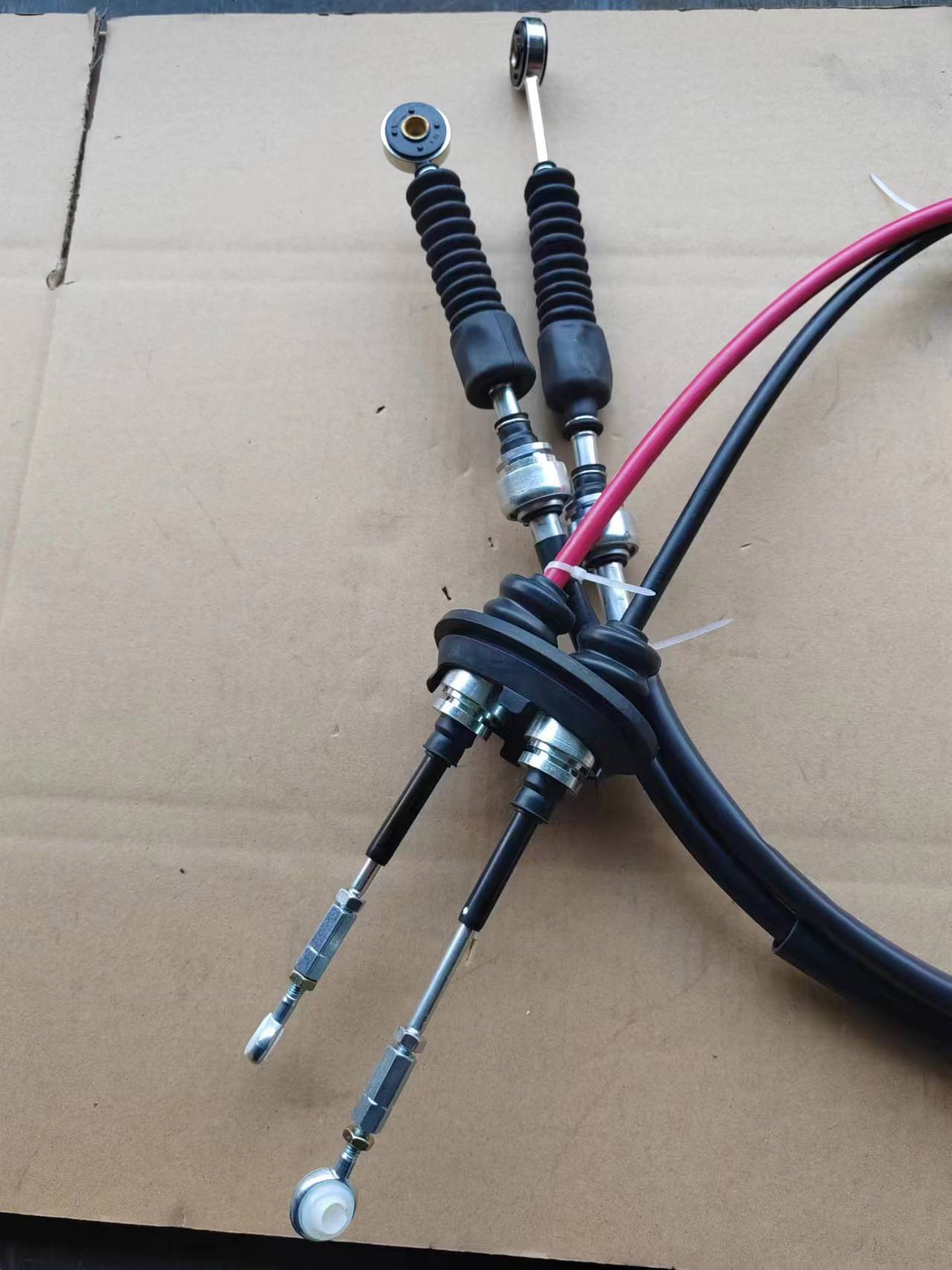gear linkage cable
Understanding Gear Linkage Cables Essential Components for Smooth Transmission
Gear linkage cables play a pivotal role in the functioning of manual transmission systems in vehicles. They serve as the connection between the gear shifter and the transmission, allowing drivers to change gears smoothly and efficiently. This article delves into the importance, functionality, and maintenance of gear linkage cables.
What Are Gear Linkage Cables?
Gear linkage cables are flexible cables that link the gear lever inside the vehicle to the transmission system. They are essential components in manual vehicles, facilitating the transfer of driver inputs from the gear stick to the gears themselves. The design of these cables typically includes a protective outer casing with a steel inner cable that transmits movement. This allows for precise and responsive gear shifting.
Importance of Gear Linkage Cables
The functionality of gear linkage cables is fundamental to the driving experience. When a driver pulls the gear shifter, the cable transmits that motion to the transmission, engaging or disengaging the necessary gears. If the cables are functioning properly, gear changes are smooth and responsive. However, if they are worn out, damaged, or misaligned, drivers may experience difficulty shifting gears, which can lead to frustration and even safety concerns on the road.
Additionally, gear linkage cables contribute to the overall performance of a vehicle. Smooth gear changes allow for better acceleration and deceleration, improving fuel efficiency and reducing engine strain. Maintaining these cables is, therefore, crucial for enhancing a vehicle’s longevity and performance.
gear linkage cable

Maintenance of Gear Linkage Cables
Regular maintenance of gear linkage cables can prevent issues before they become serious problems. Key steps include the following
1. Visual Inspection Routinely inspect the cables for any visible signs of wear or damage, such as fraying or corrosion. Early detection can save time and money in repairs.
2. Lubrication Periodically lubricating the cables helps ensure smooth movement and can prevent rust buildup. Using a suitable lubricant can prolong the life of the cable.
3. Alignment Checks Improperly aligned cables can lead to shifting difficulties. During regular vehicle checks, ensure that the cable routing is correct and that there are no obstructions.
4. Replacement If any sign of failure is present, replacing the gear linkage cable should be considered immediately. This tends to be a cost-effective solution compared to extensive transmission repairs that might arise from neglecting cable issues.
In conclusion, gear linkage cables are essential for the proper functioning of manual transmission systems. Understanding their importance and knowing how to maintain them can enhance a vehicle's performance and ensure a safe and enjoyable driving experience. Regular maintenance and prompt attention to any issues with these cables will keep the driver connected to the vehicle's power and performance.
-
Upgrade Your Vehicle with High-Quality Handbrake CablesNewsNov.01,2024
-
Optimize Your Bike's Performance with Quality CablesNewsNov.01,2024
-
Enhance Your Vehicle's Performance with Quality Clutch ComponentsNewsNov.01,2024
-
Elevate Your Vehicle's Performance with Quality Throttle CablesNewsNov.01,2024
-
Elevate Your Vehicle's Performance with Quality CablesNewsNov.01,2024
-
Affordable Solutions for Your Cable NeedsNewsNov.01,2024
